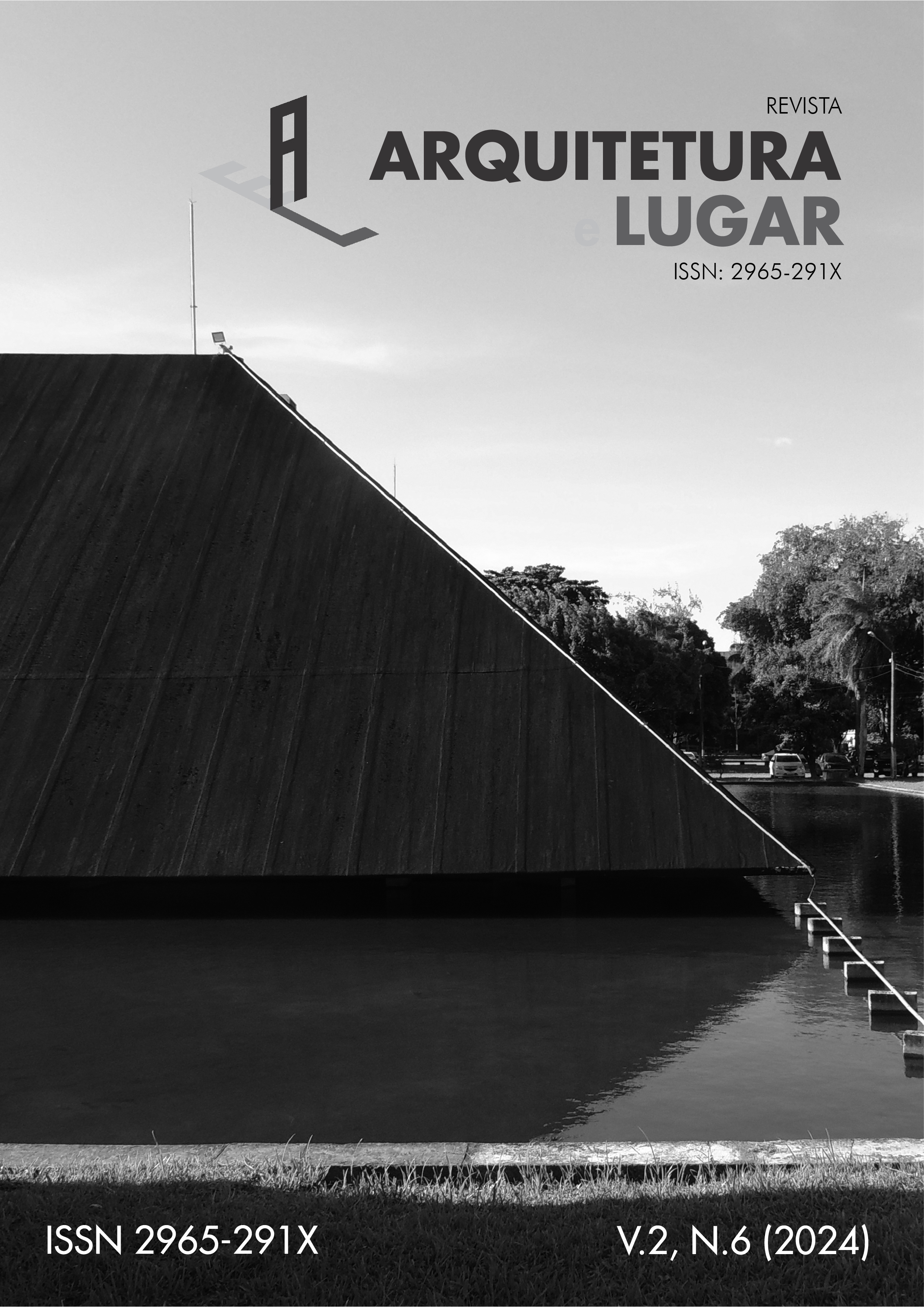NPD I STI UFPE
RESGATE DO ANTEPROJETO EM CROQUIS. 1976
Resumo
A edificação foi projetada pelos arquitetos Helvio Polito e Zildo Sena Caldas, em 1976, e teve como colaboradores os arquitetos Carlos Bonfim, Dirceu Ferraz, Elias Gomes, Márcio Aquino, Fátima Leão, conforme consta em informação coletada no carimbo do projeto arquitetônico. Foi projetado para abrigar o Núcleo de Processamento de Dados/ NPD e o Laboratório Central de Microscopia eletrônica/ LCM da UFPE, e atualmente sedia a STI - Superintendência de Tecnologia da Informação.
A documentação do anteprojeto, realizado em papel Craft e ilustrada com croquis, foi coletada no acervo do Memorial Denis Bernardes da Biblioteca Central da UFPE/Universidade Federal de Pernambuco e vem sendo trabalhada pela autora em pesquisa sobre o brutalismo em Pernambuco.
Segundo informações coletadas no site da STI, o NPD foi criado em 1967, como instância da UFPE responsável pela instalação e gerenciamento do seu sistema computacional, e passou por diversas fases até chegar a sua atual estrutura. Inicialmente, a unidade chamava-se Centro de Computação Eletrônica e sua principal atribuição se resumia ao treinamento de pessoal especializado, a cursos de extensão e ao ensino de disciplinas relacionadas à computação.
Downloads
Downloads
Publicado
Como Citar
Edição
Seção
Licença
Copyright (c) 2024 Revista Arquitetura e Lugar

Este trabalho está licenciado sob uma licença Creative Commons Attribution-NonCommercial-NoDerivatives 4.0 International License.
Autores que publicam nesta revista concordam com os seguintes termos:
1. Autores mantém os direitos autorais e concedem à revista o direito de primeira publicação, com o trabalho simultaneamente licenciado sob a Licença Creative Commons Attribution-NonCommercial-NoDerivatives 4.0 que permite o compartilhamento do trabalho com reconhecimento da autoria e publicação inicial nesta revista;
2. Autores têm autorização para assumir contratos adicionais separadamente, para distribuição não-exclusiva da versão do trabalho publicada nesta revista (ex.: publicar em repositório institucional ou como capítulo de livro), com reconhecimento de autoria e publicação inicial nesta revista;
3. Autores têm permissão e são estimulados a publicar e distribuir seu trabalho online (ex.: em repositórios institucionais ou na sua página pessoal) desde que concluído o processo editorial, já que isso pode gerar alterações produtivas, bem como aumentar o impacto e a citação do trabalho publicado (Veja O Efeito do Acesso Livre);
4. Não recomenda-se publicação e distribuição do artigo antes de sua publicação, pois isso poderá interferir na sua avaliação cega pelos pares.




